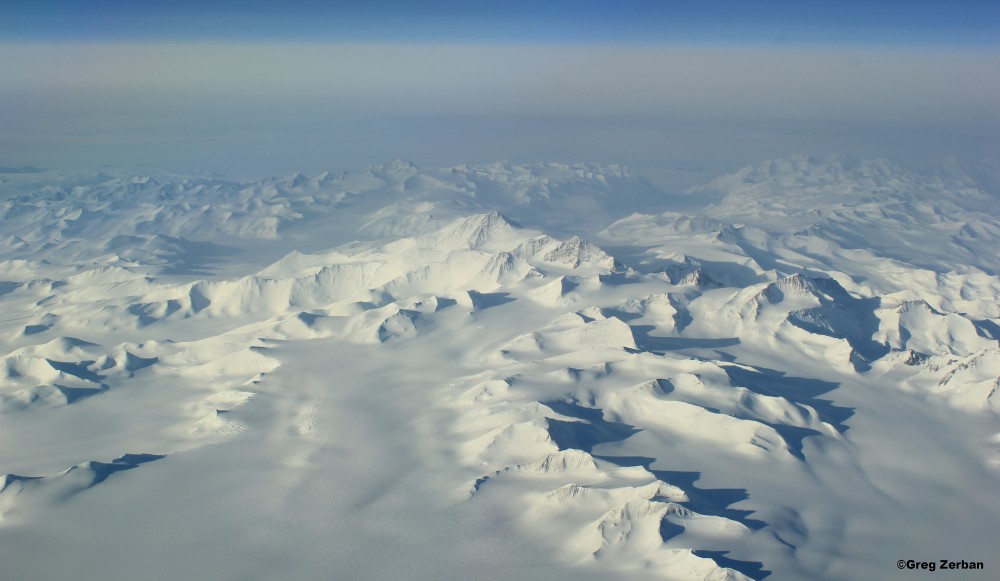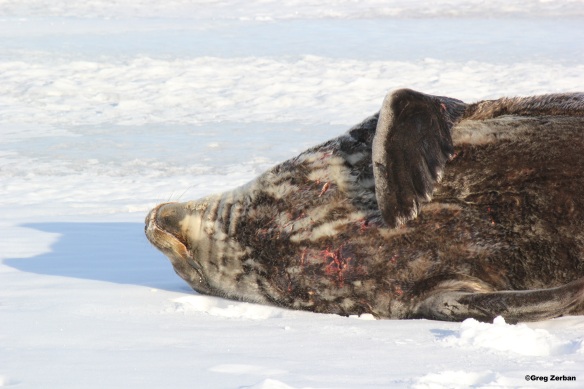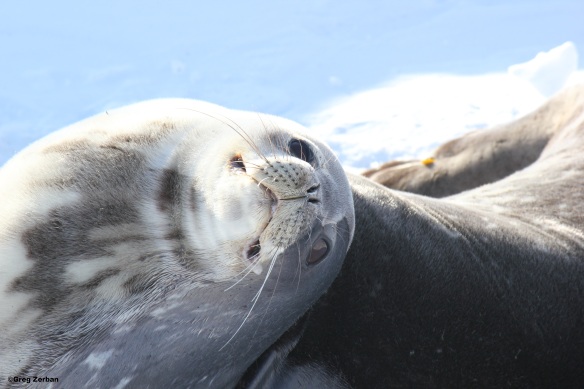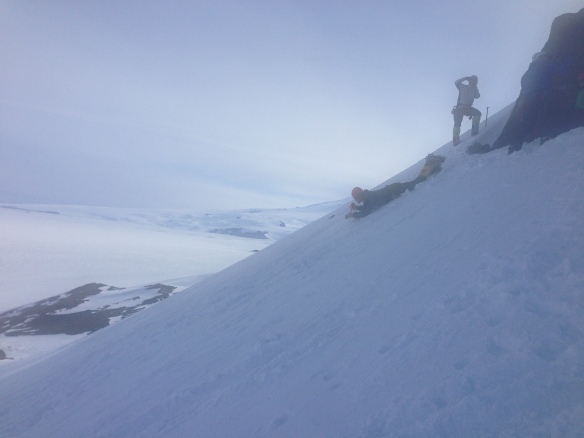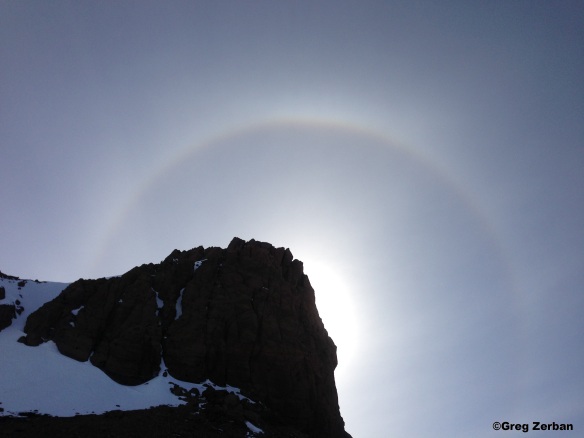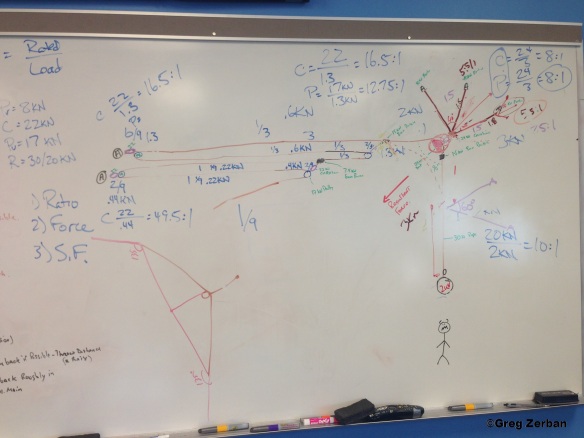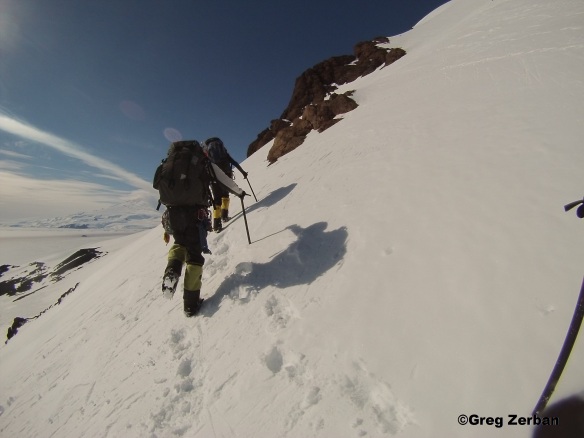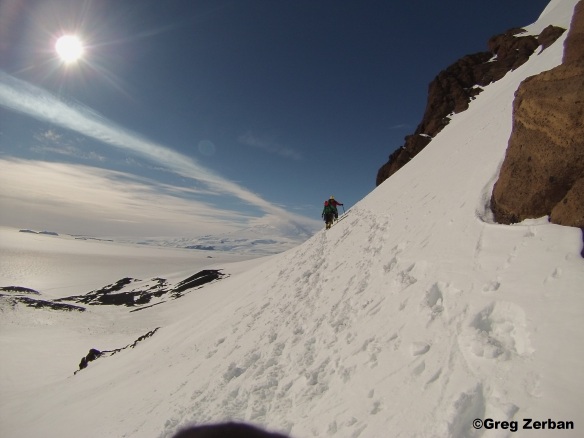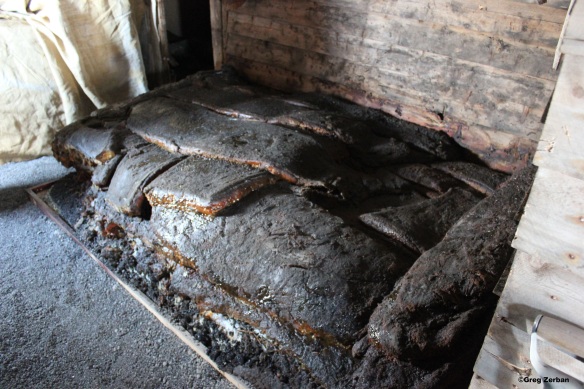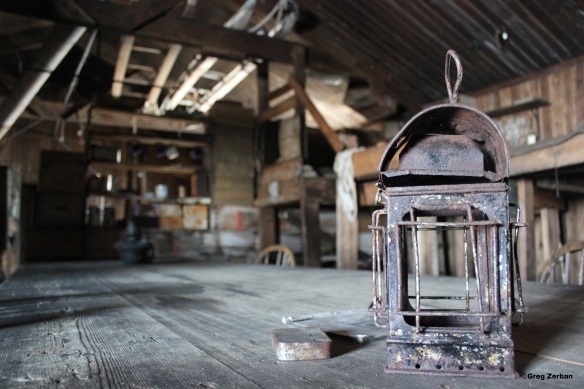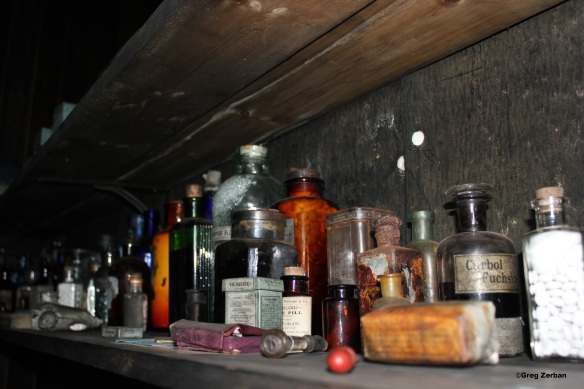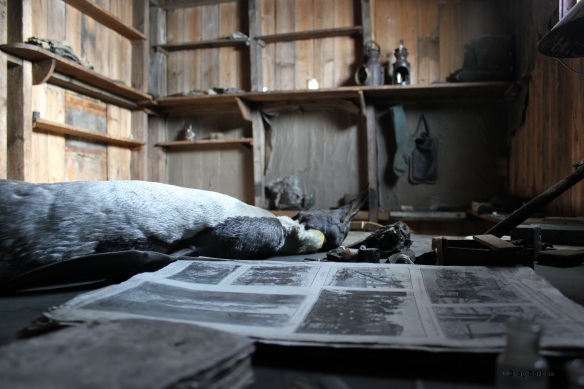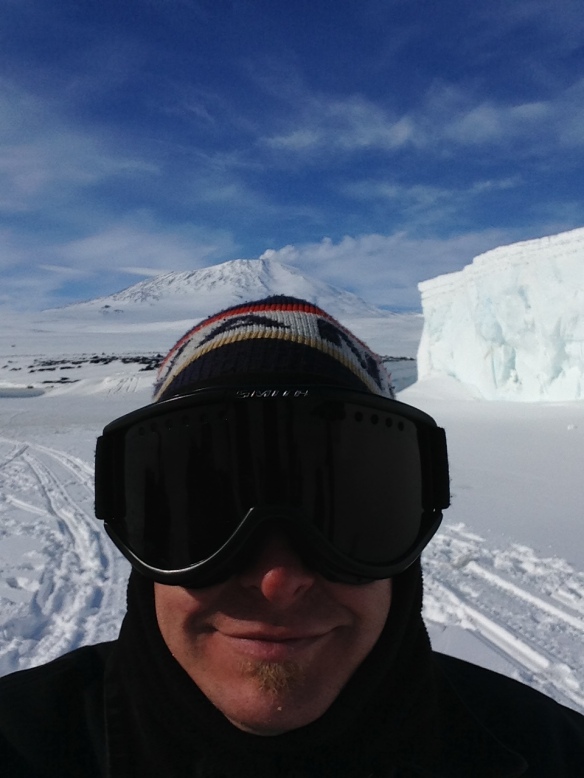I’ve been fortunate lately in terms of wildlife… I’ve seen some seals and penguins recently and happened to have my nice camera and telephoto lens at the time. The seals and penguins don’t have any land predators here in Antarctica, so they don’t usually run away when you happen along. In fact they pretty much just sit there and let you take photos as long as you want. The National Science Foundation has guidelines that we must follow in terms of our interaction with wildlife. Basically you can’t get too close, and if the animal reacts to you, you are too close and need to back away. That’s when having a 250mm zoom lens and 18 megapixel camera really help. The pictures can be enlarged and cropped to show amazing detail.
I went back to the pressure ridges near Scott Base and got some great seal shots. They are really coming out in masses now. The males sometimes have wounds from battling with other each other. The pressure ridges are very beautiful on their own, but they are also a great place to see a lot of seals. The seals congregate at the cracks in the ice because they don’t have to use their teeth to keep the ice open. They love to just bask in the sun all day.
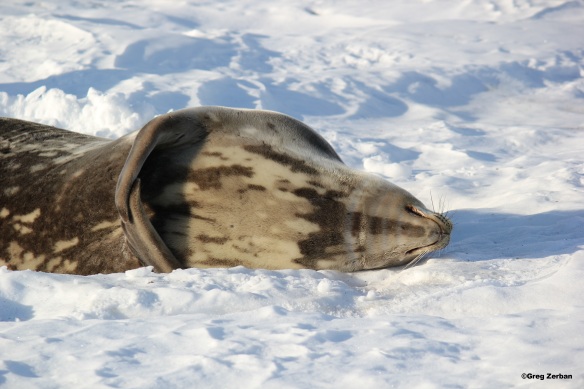
A Weddell Seal lazily basking in the Antarctic sun. They remind me of sleeping dogs and almost look cute and cuddly… but probably stink of fish.
I also saw an Emperor Penguin along the Ice Shelf road to Pegasus airfield recently. I was out moving snowmobiles because they were going to blast a nearby cornice that was unsafe to work under. While moving them I thought I saw a fake cutout of a penguin along the ice road. As I continued down the road I realized it was a real penguin that was sitting motionless as it molts it’s feathers. I had my nice camera and big lens so that I could capture the explosions, and happened to get some bonus shots of this beautiful Emperor.
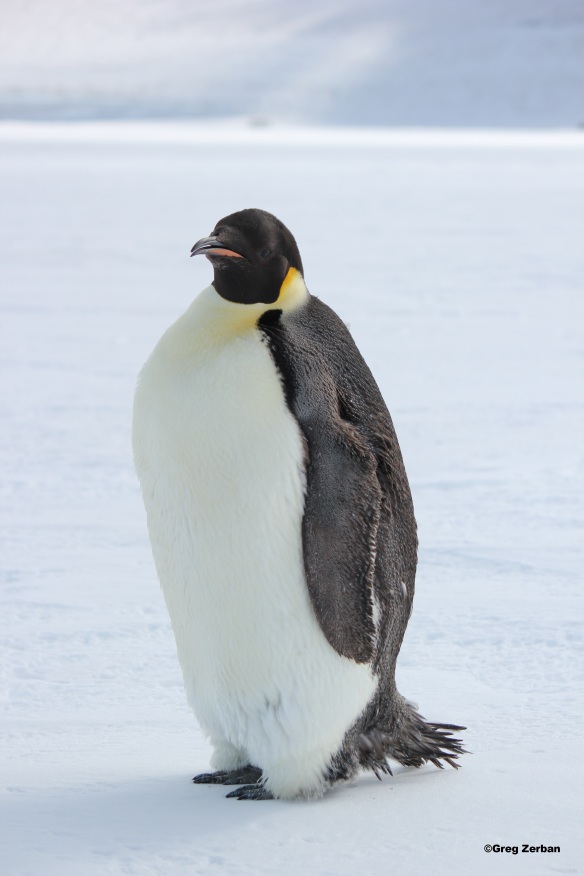
An Emperor Penguin that is molting. The photo was taken along the ice shelf road to Pegasus airfield in Antarctica.
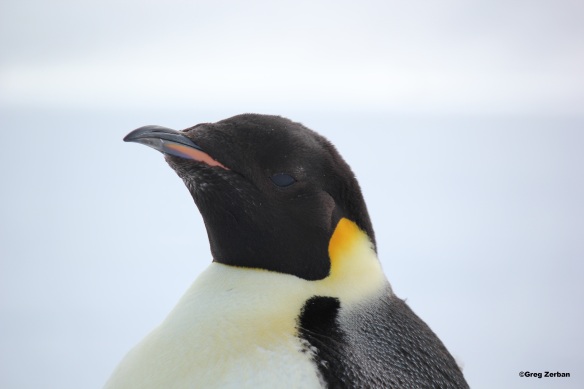
An Emperor Penguin near Scott Base Antarctica. This image was taken with a big zoom lens to get more detail. These penguins are quite large and I actually thought it was fake as it was right along the ice shelf road to Pegasus airfield. It is molting (losing it’s feathers) so they just sit motionless as they lose their feathers and grow new ones. This process can take weeks and they just sit there because they aren’t waterproof until their new coat is in.
